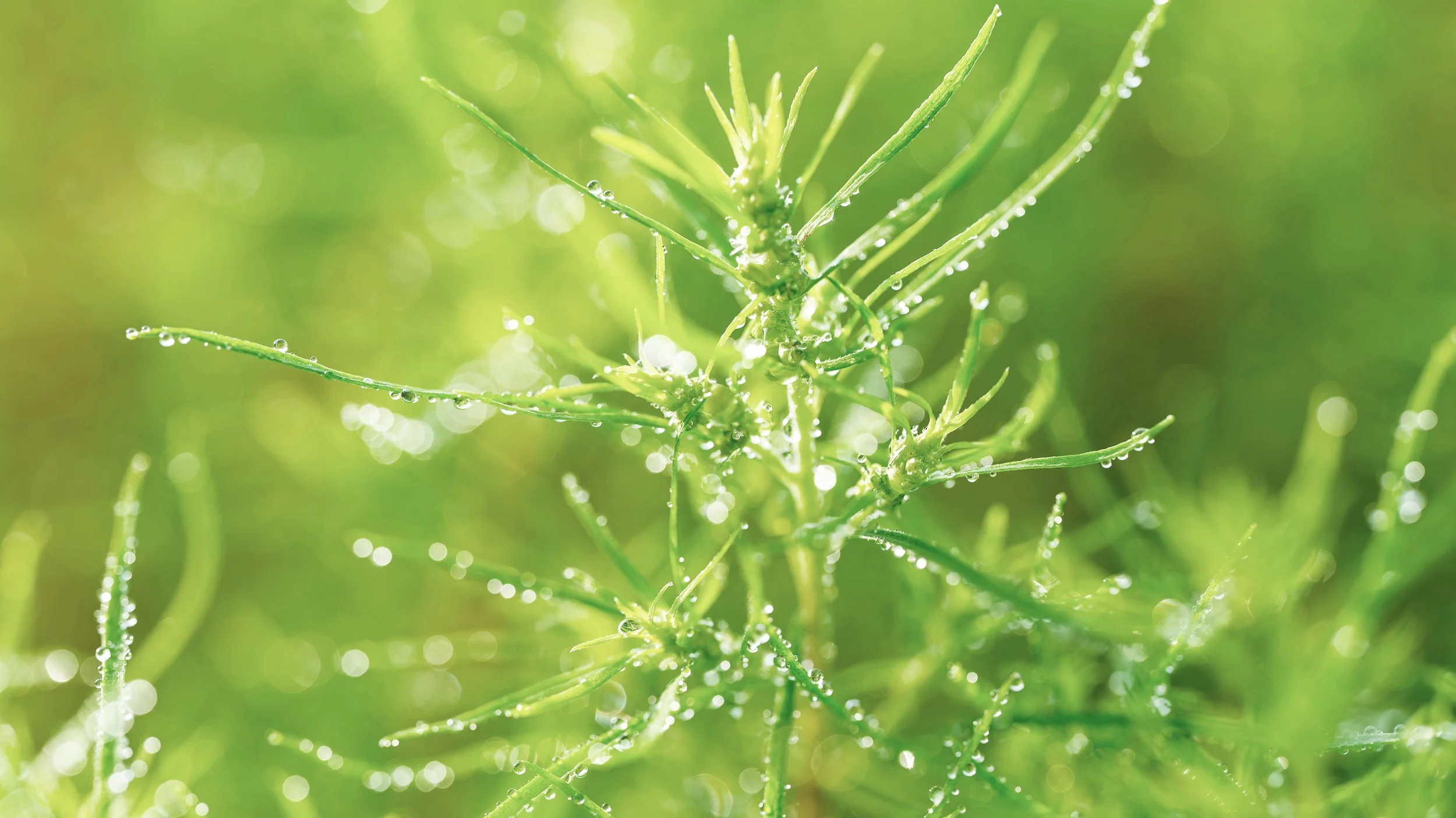UNCONTROLLABLE KOCHIA
Is cross-resistance in Kochia out of control?
Kochia has become one of the most concerning weed problems in Western Canada, not only being one of the toughest to kill, but now showing resistance and cross-resistance to up to 4 herbicide groups, including Group 2, 9, 4, and 14.
So how did we get here?
How Kochia adapts so easily
Kochia is an annual broadleaf weed that germinates in the early spring and is frost tolerant. A healthy plant can produce over 20,000 seeds which are dispersed when the plant matures and dries, sometimes breaking off at the stem and becoming a tumbleweed blowing across the land. Kochia germinates through the entire growing season, from early spring throughout the fall. Because of its early spring germination, it can be well advanced in its growth by the time other broadleaf weeds are ready to be sprayed. Kochia is considered a highly invasive species, often overtaking large areas.
Glyphosate has been the “go to” herbicide for controlling kochia since it was released in the mid 1970s. Glyphosate, as well as many other herbicides, works by linking to an enzyme in the target plant to disrupt the function of that enzyme causing the plant to die.
Herbicide resistant weeds adapt by changing the shape of the target enzyme so the herbicide can’t ink to it causing the herbicide to be ineffective. Kochia deals with herbicide ingestion in a different manner. Instead of changing the configuration of its enzyme, it makes more copies of the gene within the plant to produce more of that specific enzyme. It will produce enough enzymes to link with the herbicide and then produce more so the plant can continue to grow and thrive. Increasing the amount of glyphosate used on the plant is not an effective or efficient solution with this type of resistance. Currently, glyphosate-resistant kochia populations found in Canada are resistant to roughly five times the normal rate for kochia control, states the Saskatchewan Government website on glyphosate-resistant kochia.
As well as being a prolific seed producer, kochia produces a large amount of pollen. It’s a cross- and a self-pollinator making its ability to adapt to herbicide pressure, and become resistant to it, very quick and efficient. Kochia is drought tolerant and the dry conditions across the Prairies over the last few years has had a great impact on the rapid spread of kochia from province to province. Kochia has been found across Western Canada with resistance to Group 2, Group 9, Group 4, and Group 14 herbicides.
According to the Canadian Journal of Plant Science, “Multiple herbicide resistance limits the chemical options available for kochia control, which can lead to kochia evading herbicide treatments and reducing crop yields.”
Resistance in kochia
Over the last decade, surveys have been conducted across Manitoba, Saskatchewan, and Alberta, to evaluate the scope and spread of glyphosate-resistant and dicamba-resistant kochia.
In 2012/13, baseline values were recorded with follow-up surveys in 2018 in Manitoba, 2019 in Saskatchewan and 2021 in Alberta.
In 2012/13, glyphosate-resistant kochia was found in 5 per cent of randomly surveyed sites in Alberta and Saskatchewan but only two sites in Manitoba. The results of the surveys showed glyphosate- resistant kochia in 58 per cent of the Manitoba sites, 87 per cent of the Saskatchewan sites, and 78 per cent of the Alberta sites. Dicamba-resistant kochia was found at 1 per cent of the Manitoba sites (the first documented in Manitoba), 45 per cent of the Saskatchewan sites, and 28 per cent of the Alberta sites.
Previous surveys have shown that all kochia is resistant to ALS-inhibitors (Group 2 herbicides) so triple-resistant kochia was present in 40 per cent of Saskatchewan samples, less than 1 per cent of Manitoba sites, and 10 per cent of Alberta sites.
Additional screening showed 44 per cent of Alberta sites were fluroxypyr resistant and 25 per cent were triple resistant.
Using a long view strategy
Understanding how kochia becomes resistant to herbicides is a good first step in learning how to mitigate its impact. Resistant Kochia will spread from established populations and new populations will also develop in their own evolutionary development in an isolated area resulting in the continual expansion of resistance and infestation. Implementing an integrated weed management program on the farm will be crucial in lowering the impact kochia will have across Western Canada.
Using tactics like diversifying the crop plan to include early- and late-seeded crops, intensifying crop competition with seeding density and narrow row widths, scouting fields early and often, preventing plants from seed-setting with herbicides and by mechanical methods, also, consider growing cover crops instead of fallowing land.
In-crop herbicides are still an effective way of controlling kochia. Mix and rotate the herbicides using at least 2 effective modes of action. Herbicide layering with pre- and post-emergent treatments is recommended.
Rigorous kochia management practices will have a greater impact if there are community-based strategies with farmers working in tandem using a combination of chemical and cultural weed management practices. With such a prolific seed producer and spreader all available tactics will need to be implemented.

